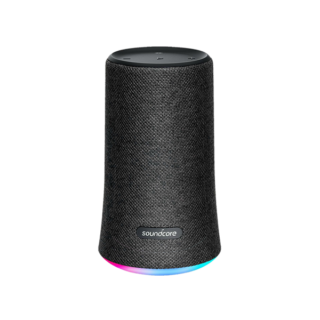Category
Popular
-
 Suspendisse gravida lacus varius
Rated 1.00 out of 5
Suspendisse gravida lacus varius
Rated 1.00 out of 5$33.00Original price was: $33.00.$22.00Current price is: $22.00. -
 Aliquam erat volutpat
Rated 2.00 out of 5$50.00
Aliquam erat volutpat
Rated 2.00 out of 5$50.00 -
 In fringilla felis non nulla porta rutrum
Rated 3.00 out of 5
In fringilla felis non nulla porta rutrum
Rated 3.00 out of 5$78.00Original price was: $78.00.$65.00Current price is: $65.00. -
 Suspendisse volutpat massa
Rated 4.00 out of 5$39.00
Suspendisse volutpat massa
Rated 4.00 out of 5$39.00 -
 Cras viverra rhoncus
Rated 5.00 out of 5$84.00
Cras viverra rhoncus
Rated 5.00 out of 5$84.00

Essential Features and Functionalities for an Amazon-Like E-Commerce Website
Creating a successful e-commerce site like Amazon involves incorporating several critical features and functionalities. First and foremost, a user-friendly and responsive design is vital for ensuring that visitors can easily navigate the site on various devices. This necessitates implementing a clean, intuitive layout that adapts seamlessly to different screen sizes.
A robust search and filtering system is also essential. Integrating an advanced search engine that supports keyword suggestions, spell checks, and auto-completion can significantly enhance user experience. Additionally, sophisticated filtering options by category, price range, brand, and customer ratings allow users to quickly locate products that meet their specific needs.
Detailed product pages are another cornerstone of an Amazon-like e-commerce site. High-quality images, comprehensive descriptions, and user-generated content such as customer reviews and ratings help build trust and assist in informed purchasing decisions. Ensure that product pages provide ample information without overwhelming the user.
The checkout process must be secure and efficient. Incorporate features such as a guest checkout option, multiple payment methods, and the ability to save payment information for future purchases. Implement an SSL certificate to encrypt sensitive information and assure customers of their data security.
Customer account management features are crucial. Easy sign-in options through social media accounts, order history tracking, and personalized account dashboards enhance user engagement. Additionally, advanced inventory management systems ensure that stock levels are accurately tracked, preventing overselling and backorders.
Integrating various payment methods, including credit cards, digital wallets, and PayPal, caters to a broader audience. Providing comprehensive customer support options such as live chat, email support, and refund policies is also critical for maintaining customer satisfaction.
Personalization is key—offering personalized recommendations and deals based on browsing history and past purchases can drive return visits and increase sales. Lastly, ensuring scalability is fundamental. The infrastructure must be capable of handling large volumes of traffic and transactions, particularly during peak periods like holidays and sales events. By incorporating these features, an e-commerce site can emulate the success of Amazon and provide a robust shopping experience.
Steps to Develop and Launch an Amazon-Like E-Commerce Platform
Developing an e-commerce site akin to Amazon requires meticulous planning, strategic execution, and a robust technological framework. Initially, comprehensive market research is essential to identify the target audience, understand consumer behavior, and evaluate market competition. This foundational knowledge guides many decisions throughout the development process.
After thorough market research, selecting the right technology stack is paramount. Opt for scalable and flexible technologies that can handle high traffic and provide seamless user experiences. Popular choices for the backend could include Node.js, Ruby on Rails, or Django, while frontend frameworks like React, Angular, or Vue.js enhance interactivity. Concurrently, assemble a proficient development team with expertise in these technologies, including developers, UX/UI designers, and project managers.
The next critical step involves designing the website architecture and user interface. Prioritize an intuitive, user-friendly design that simplifies navigation and accelerates purchase processes. The architecture must support modularity and scalability, enabling painless updates and expansions as the platform grows. Additionally, ensure a secure hosting environment by choosing a reputable hosting provider that offers robust security features and consistent uptime.
Integration of essential third-party services is pivotal for functionality and user satisfaction. Secure and reliable payment gateways like PayPal, Stripe, or Square offer various payment options, while efficient shipping providers facilitate prompt order fulfillment. These integrations must be seamlessly embedded to create a cohesive shopping experience.
Conducting meticulous testing cycles is crucial before the official launch. This includes unit tests, integration tests, and user acceptance tests to identify and rectify any potential issues. Addressing bugs and performance flaws at this stage prevents future complications and optimizes the user experience from the onset.
Finally, prepare for the platform’s launch with a comprehensive marketing strategy. Leverage SEO, social media marketing, and email campaigns to attract and retain customers. Post-launch, continuous maintenance and regular updates are necessary to enhance features, reinforce security, and adapt to evolving user needs, ensuring the platform’s long-term success and reliability.
Written by namanalaamri92@gmail.com
Product Showcase








Leave a Reply